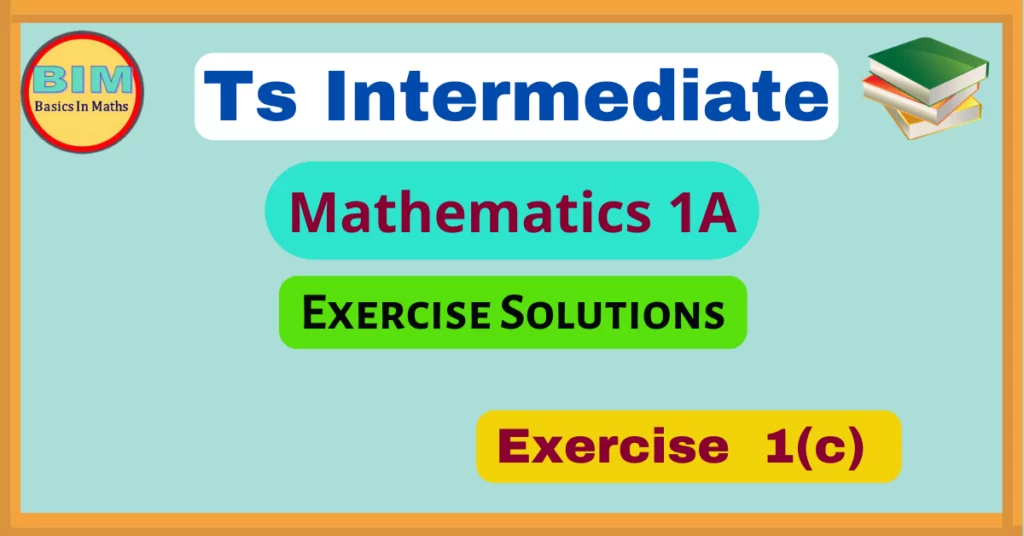Ch. 2 Mathematical Indunction Exerxise Solutions
Mathematical Indunction (M.I) Exerxise wise Solutions Mathematical Indunction: It is a technique for proving results or establishing statements for natural numbers. This part illustrates the method through a variety of examples. Definition: Mathematical Induction is a mathematical technique which is used to prove a statement, a formula or a theorem is true for every natural […]
Ch. 2 Mathematical Indunction Exerxise Solutions Read More »










